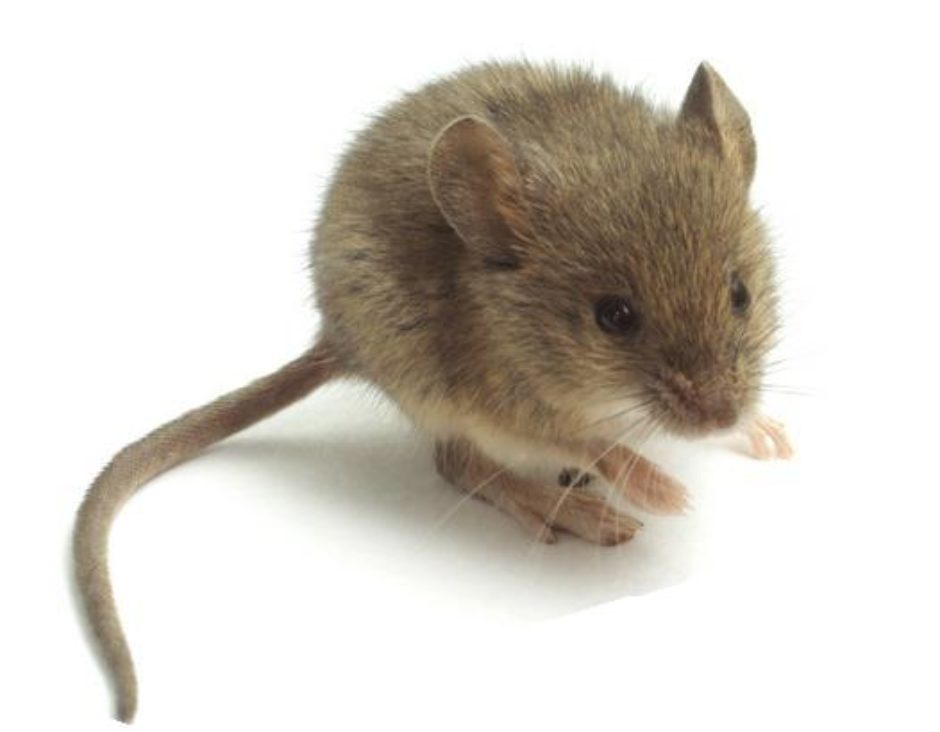Bats are the only mammal species that are capable of true flight. Their wings are an evolutionary adaptation of the same bones that make up our hands. The wing is made up of long, flat, and flexible finger bones providing the structure over which elastic skin stretches. Because their wings are so thin and flexible, the flight of bats is more controlled than that of birds. Maneuvering swiftly during flight allows the bat to easily catch prey or even drink while in flight.
An important and beneficial species, bats are often feared and maligned by humans. With over one thousand species around the globe, bats play a major role in controlling insect populations. About forty species live in the United States and Canada, most of them insectivorous. Bats use echolocation, like sonar, to find insects as they fly. Bats emit high frequency sounds that bounce back to their sensitive ears. They use this to navigate at night or in a dark cave, catch flying insects, and avoid obstacles. Prodigious eaters, one bat can consume six hundred to one thousand insects per hour, an amazing number.
Their service of ridding the environment of harmful insects is often overlooked as people pass along negative myths about bats. Beliefs that bats will intentionally tangle in hair or are all bloodsuckers are erroneous. The old phrase, blind as a bat, is also incorrect. Studies have shown that bat vision is similar to that of humans. These little mammals are an integral part of the environment. In locations where their numbers have declined dramatically, an accompanying increase in insects that cause disease in humans or crop loss usually occurs. Seven species in the United States are close to extinction. In the winter months when food is unavailable, bats migrate or find warm spots to hibernate. Normally they choose old trees or caves for roosts. Due to habitat losses, many are now spending the winter months in attics of homes. Here they hang by their feet, upside down, and wrap their wings around for warmth. Bats breed in the fall, gestate over the winter months, and give birth to live young in the spring.
Breeding colonies can also take up residence in attics. Prior to the increased awareness of the beneficial role bats play, bat roosts in homes were eradicated with extermination. New techniques have been developed that save the bats, but remove them from the home. Exterminators and homeowners alike can use these methods to humanely remove bats. There are serious health concerns if a bat colony resides in a home, so using the bat exclusion process rids the home of the bats humanely and permanently.
A pest control company will observe the home over several evenings, watching for exiting bats. Once holes are located they are covered with one-way devices, allowing remaining bats to leave but none can return. After several days all holes are plugged, and the bats are now gone from the attic. Providing a nearby bat house gives them an alternate roosting site.
AAA Pest Management LLC in Wisconsin offers the best pest control Milwaukee and pest extermination in the Milwaukee and Waukesha area. AAA Pest Management offers green and organic pest solutions and has been recognized as an elite ‘QualityPro’ company by the National Pest Management Association.
